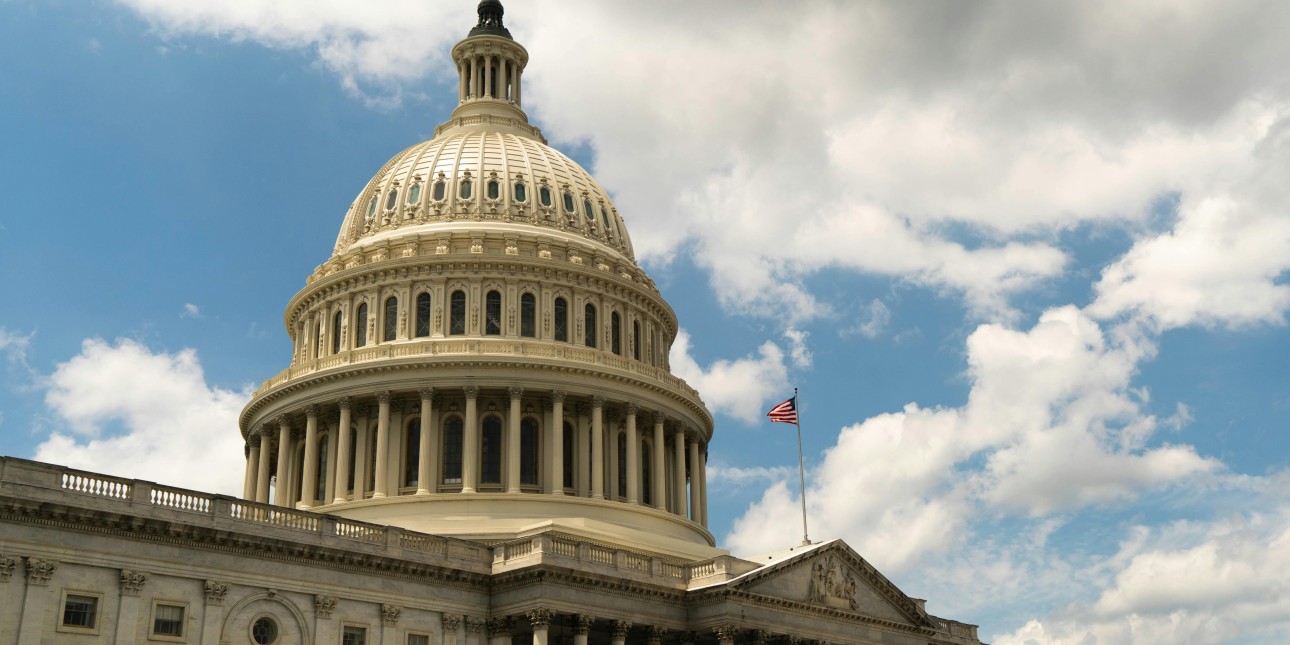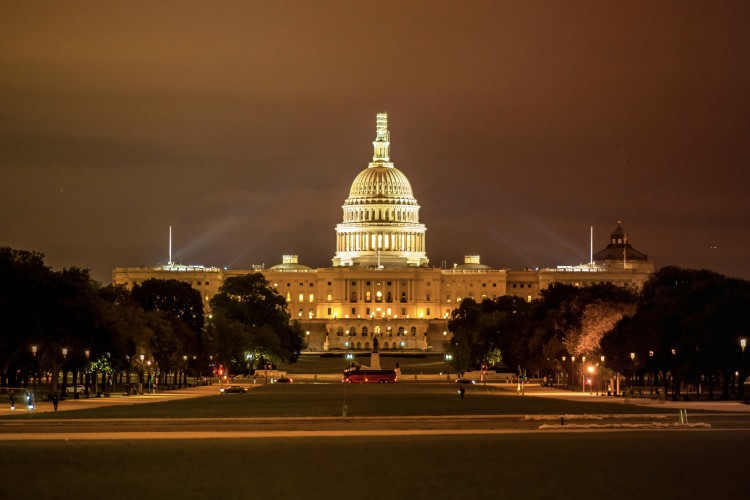Where Does Federal Youth Funding Stand Heading into the Holiday Season?

The holiday season and unfinished government funding; name a more traditional pairing. That's right, Congress has left D.C. for the Thanksgiving recess with less than a month worth of funds remaining.
The federal government has been operating on a "continuing resolution" (CR) since October 1, the start of the 2025 federal fiscal year. The CR has maintained level funding from the prior year, but will expire on Friday, December 20. The House and Senate have already moved substantial portions of their annual appropriations bills (read our analysis here), but congressional leaders have yet to agree on overall topline spending amounts. House Republicans have recommended nearly $100 billion less than their Senate Democratic counterparts for FY2025. Negotiations on funding are further complicated by the "lame duck" period following the recent election. President Biden and Senate Democrats still hold considerable power, but the GOP will take full control of Washington — House, Senate, and White House — next January.
At this stage, the most likely scenario is that Congress votes to extend the continuing resolution sometime into next year. Without even agreements on topline spending in place, the window of opportunity for Congress to work out the details on appropriations is incredibly small. A government shutdown is equally unlikely, as it would be politically beneficial to neither party and might keep members in D.C. through the winter holidays. As a result, as of this writing we anticipate a short-term CR to fund the government into February or March of next year.
Implications for Youth Funding
Pushing government funding into next year will make finalizing appropriations the responsibility of the 119th Congress and the Trump Administration. Republicans will hold 53 seats in the Senate and a two-to-four seat majority in the House. During the campaign, President-elect Trump made clear his priority to reduce federal spending. Nonetheless, annual appropriations are subject to the filibuster in the Senate and will require the support of at least seven Democrats to pass. Likewise, a two-to-four seat majority in the House is extremely narrow; Speaker Johnson can afford very few defections and still pass legislation. The establishment thinking is that recently elected House members in competitive purple districts are unlikely to support extreme cuts and the filibuster in the Senate will force compromise with Democrats.
The next Congress begins work on the afternoon of January 3rd. President Trump will be sworn into office on January 20th. As those dates approach, the substance and structure of the debate around FY2025 funding will take great shape. We will regularly update this blog series as DC undergoes yet another period of sweeping change.


